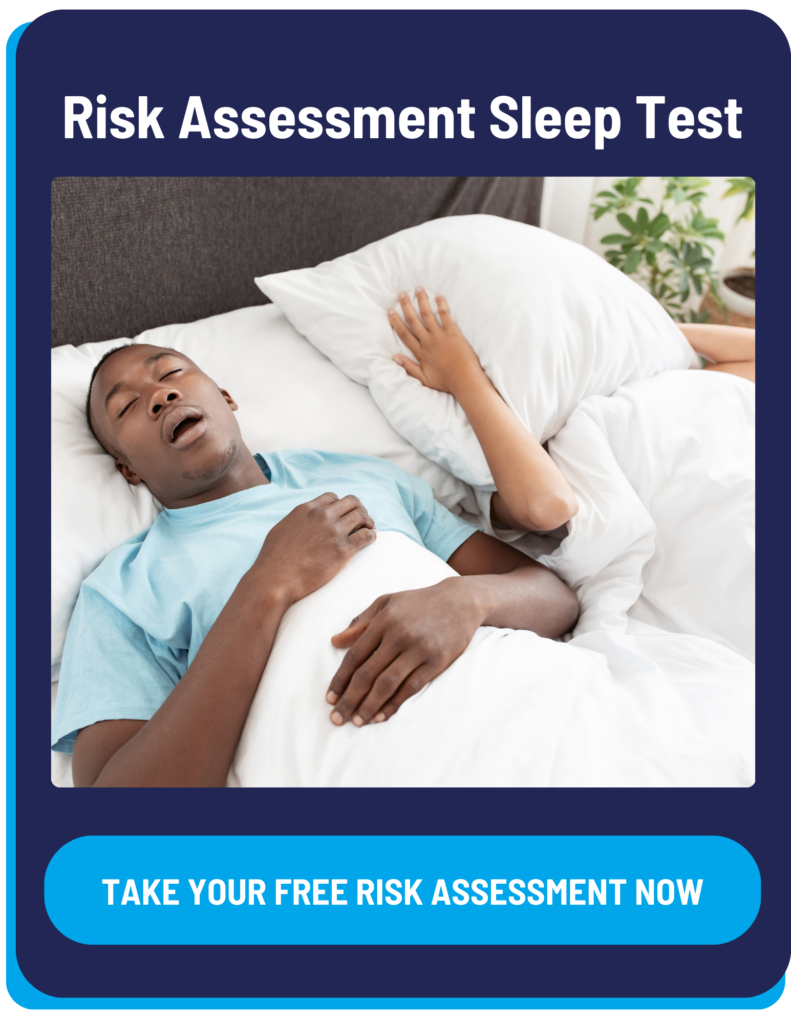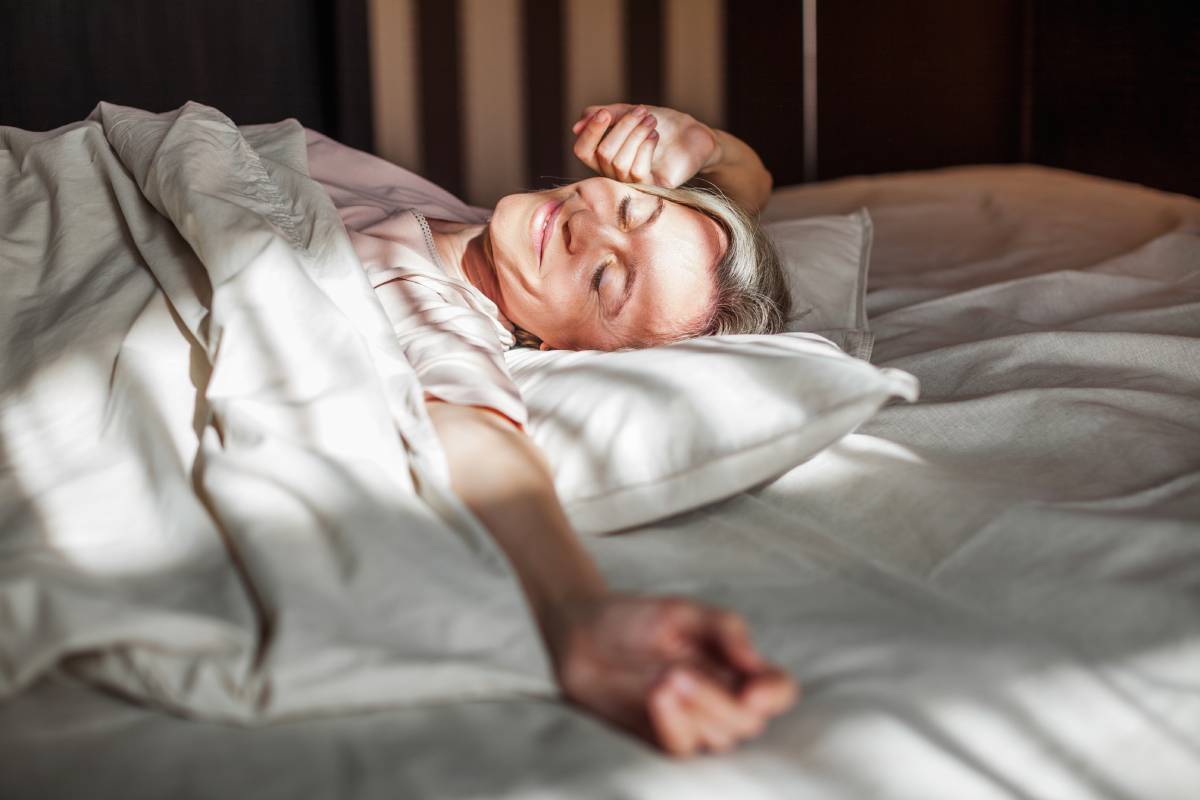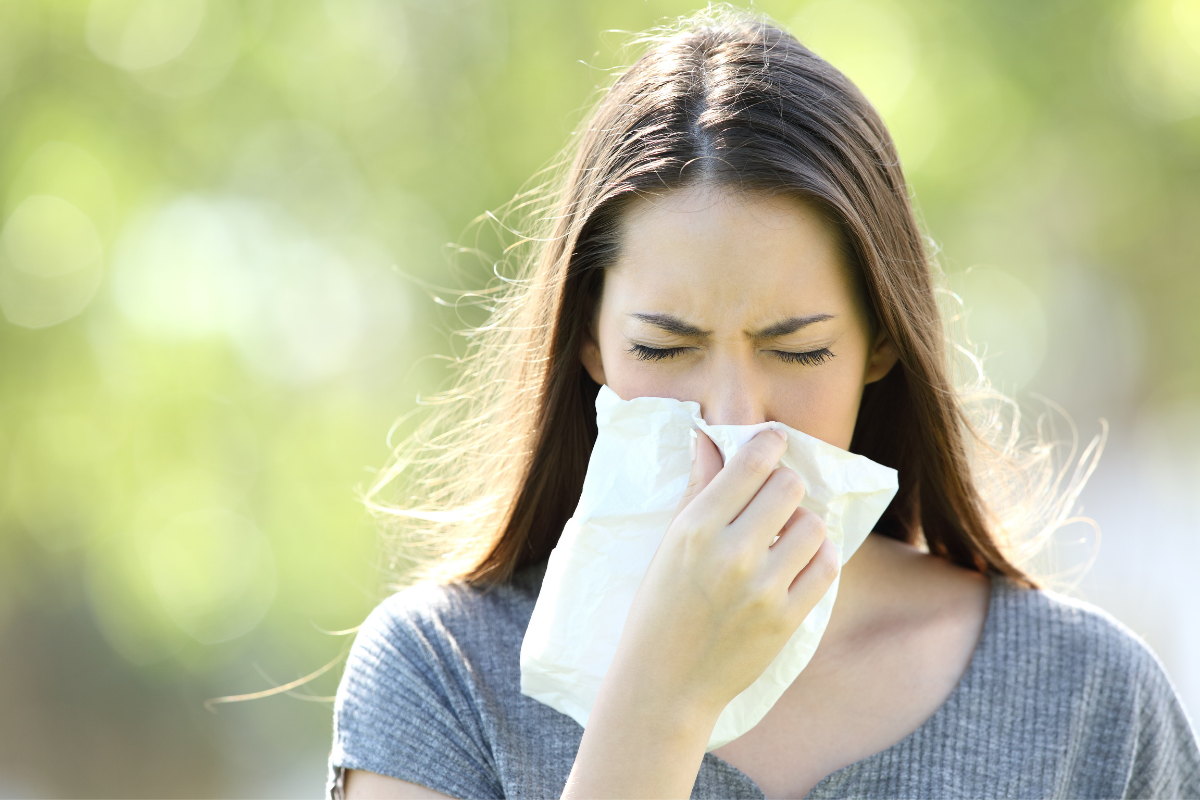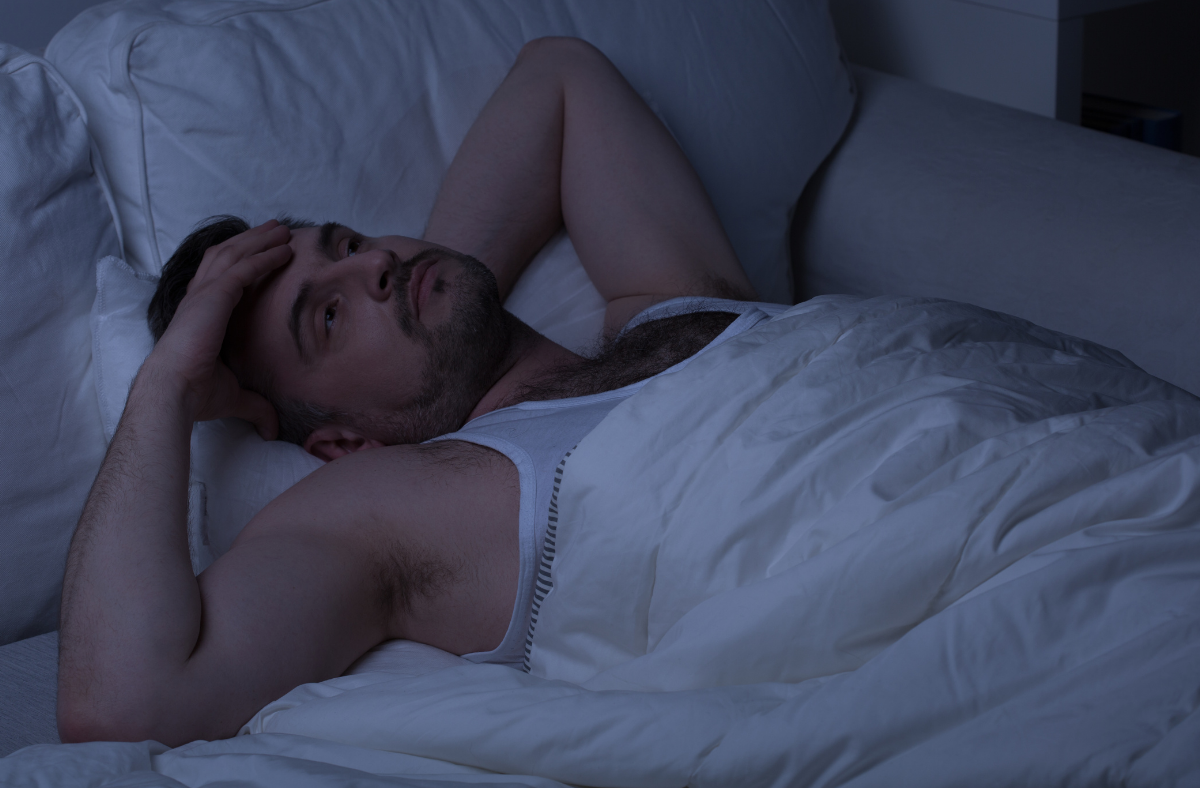When you think about tracking your sleep, you might imagine monitoring how long you snooze, how often you toss and turn, or whether you snore. But one silent metric that’s gaining attention is respiratory rate while sleeping — essentially, how many breaths you’re taking per minute during slumber. Understanding your sleep respiratory rate can offer insight into your overall health, flag hidden breathing issues, and steer you toward better rest. In this post, we dig into what this measure means, what’s normal, why it matters, and what you can do with the information.
What Is Respiratory Rate While Sleeping?
Your breathing rate while sleeping, often called sleeping respiratory rate, is simply the number of times you inhale and exhale in one minute while asleep. This is one of your body’s vital signs — similar to heart rate or blood pressure — and it reflects how your body regulates oxygen and carbon dioxide while you rest.
Because respiration is largely automatic (we don’t consciously remember to breathe while asleep), your respiratory rate during sleep offers a low-noise window into how your body is functioning under minimal conscious interference.
Why Does Sleep Matter?
During sleep, metabolic demands drop, muscle tone relaxes, and your brain’s respiratory control centers maintain breathing rhythm in a quieter, more stable environment. As a result, your sleep respiratory rate tends to be steadier and less influenced by activity or emotional fluctuations. It can be a useful baseline measure — but it also shifts across sleep stages (e.g. deeper sleep vs. REM sleep) and in response to health factors.
What’s a Normal Respiratory Rate During Sleep?
One of the first questions many people ask is: what is a good respiratory rate while sleeping? In healthy adults, the average respiratory rate while sleeping generally falls in the range of 12 to 20 breaths per minute.
Let’s unpack the variants of that:
- Normal respiratory rate while sleeping: 12–20 brpm
- Typical sleep respiratory rate: 12–20 brpm
- Breaths per minute sleeping (i.e. the same metric) typically also lies in that range
- If someone asked, “what is a normal respiratory rate while sleeping?”, you’d respond: in a healthy adult it’s about 12 to 20 breaths per minute
- And “how many breaths per minute is normal while sleeping?” — again, aim for that 12–20 window
In studies using wearable devices, 90 % of nocturnal respiratory rates in healthy adults fall between about 11.8 and 19.2 breaths per minute, with a mean near 15.4 brpm.
Sources vary slightly: some lists place the “normal” adult resting respiratory rate at 12–18 brpm, depending on context.
Importantly, rates outside this range are not automatically a red flag — small deviations can be normal depending on age, fitness, body size, or temporary illness. But consistent abnormalities merit attention.
Why the Sleeping Respiratory Rate Matters
-
A Window Into Respiratory Health
The sleep respiratory rate is more than just a number; shifts in that rate can hint at underlying problems. For instance, an elevated breathing rate while sleeping (tachypnea) might reflect airway irritation, infection, or lung conditions like COPD. Conversely, a persistently low rate (bradypnea) could signal central breathing control issues, sedative effects, or neuromuscular compromise.
-
Detecting Sleep Breathing Disorders
In sleep disorders like obstructive sleep apnea (OSA) or central sleep apnea, respiratory rate while sleeping may show irregularities or pauses (apneas). But it’s worth noting: most clinicians don’t rely on breaths-per-minute alone to diagnose apnea — they use metrics like the Apnea-Hypopnea Index (AHI) to count interruptions.
Even so, a changing or highly unstable sleep respiratory rate can complement other signals in detecting disordered breathing.
-
Tracking Health Trends & Illness
Because sleep respiratory rate is relatively stable in healthy people, a meaningful upward or downward shift over days or weeks can be an early warning sign. Some emerging studies (especially with wearables) look at deviations to flag respiratory infections or worsening conditions.
-
Enhancing Sleep Quality Insight
Your respiratory rate while sleeping can intersect with other metrics — such as heart rate or oxygen saturation — to help paint a fuller picture of whether your body is recovering well at night. It’s one more tool in the toolbox of sleep tracking.
How to Measure & Monitor Your Sleep Respiratory Rate
Wearables & Sleep Trackers
Many modern smartwatches, rings, or fitness-tracking devices estimate respiratory rate during sleep using sensors (e.g. photoplethysmography, accelerometers) to infer breathing patterns.
If your device gives nightly averages, you can monitor trends — is your rate stable? Are there nights it spikes? These clues may warrant deeper evaluation.
Clinical or Sleep Study Settings
In more controlled environments, technicians can use devices like respiratory belts, nasal cannula sensors, or polysomnography systems to directly measure airflow and breathing cycles. That yields more precise data on sleeping respiratory rate and associated breathing events.
Simple Manual Checks (Less Reliable During Sleep)
While you can count your resting breathing when awake (count chest rises for 60 seconds), this doesn’t substitute for accurate measurement during sleep. Also, trying to count your own breaths often changes your pattern — so it’s best done by someone else.
When to Be Concerned: Abnormal Respiratory Rates While Sleeping
High Sleep Respiratory Rate
If your sleep respiratory rate is consistently above 20 brpm (or rising progressively), you might be dealing with:
- Lung conditions (e.g. asthma, COPD)
- Fever or infection
- Anxiety or stress
- Cardiovascular strain
- Partial airway obstruction
Low Sleep Respiratory Rate
If your respiratory rate during sleep frequently dips below 10–12 brpm or shows long pauses, possible causes include:
- Central nervous system depressants or medications
- Neurological conditions affecting breathing control
- Central sleep apnea
- Neuromuscular weakness
Red Flags & When to Seek Help
Get medical attention if, along with unusual rates, you also experience:
- Sudden changes in breathing
- Shortness of breath
- Gasping or choking during sleep
- Daytime fatigue or morning headaches
- Blue lips, fingers, or nails
- Chest pain or fainting
These symptoms could signal serious conditions, including severe sleep apnea, and need prompt evaluation.
Conclusion
Your sleeping respiratory rate is more than just a number — it’s a vital sign that whispers insights about how your body is functioning at rest. When your respiratory rate while sleeping falls outside the typical 12–20 brpm range or varies across nights, it’s worth paying attention. While minor fluctuations are expected, sustained or significant deviations may point to breathing disruptions, sleep disorders, or other health issues.
If you’re curious about going deeper, consider trying a home sleep apnea test to measure nighttime breathing more directly. And if sleep-related concerns arise, don’t hesitate to reach out for medical support to ensure your restful nights aren’t hiding health risks.
Frequently Asked Questions
What is a good respiratory rate while sleeping?
For healthy adults, 12 to 20 breaths per minute is generally considered good and within normal limits.
Can my sleep tracker be trusted?
Wearables give useful trends, but they may not be as precise as clinical equipment. Use them as flaggers, not definitive diagnoses.
If my breathing rate seems abnormal, what’s next?
Talk to a physician or sleep specialist. They may recommend a home sleep apnea test or full lab sleep study for further evaluation.




